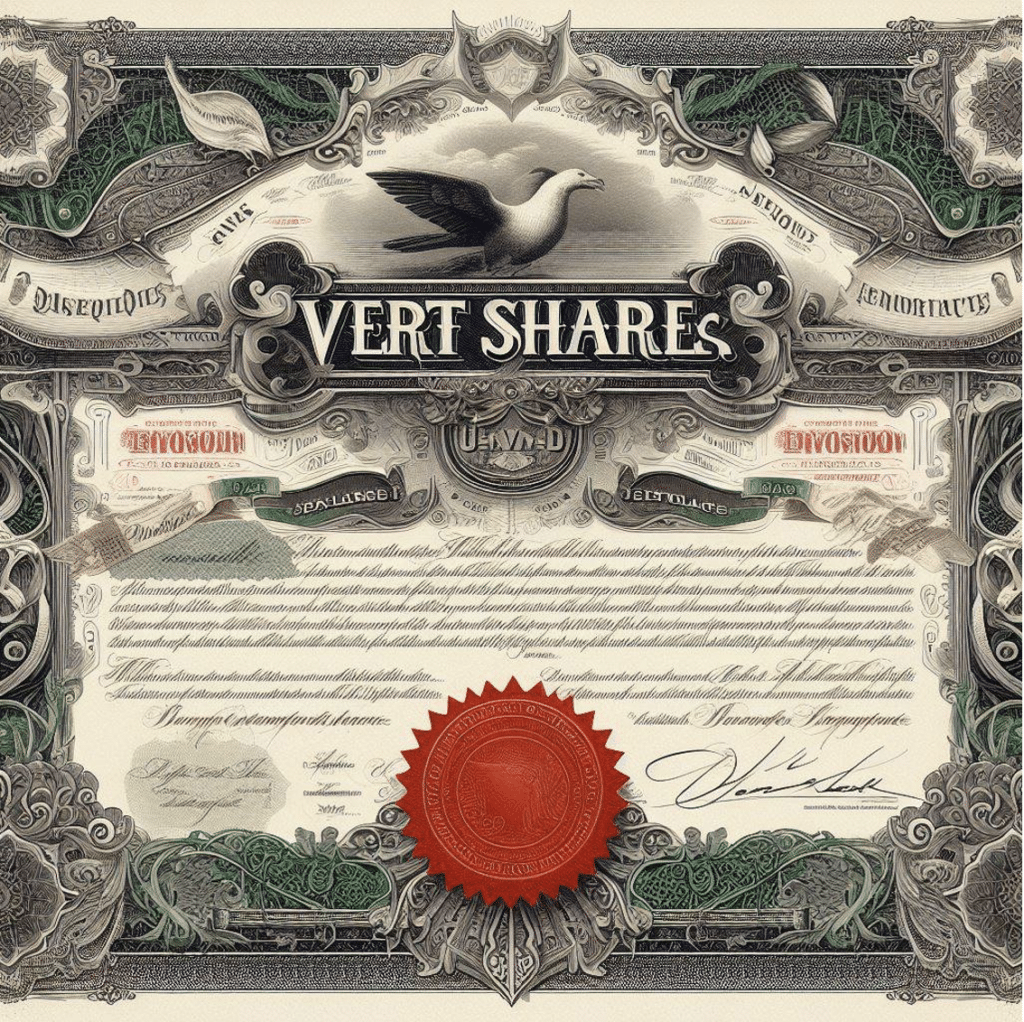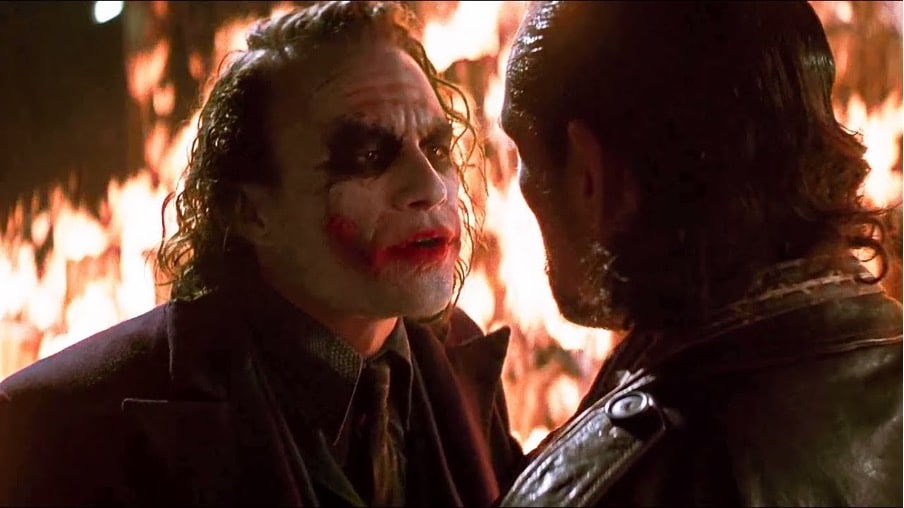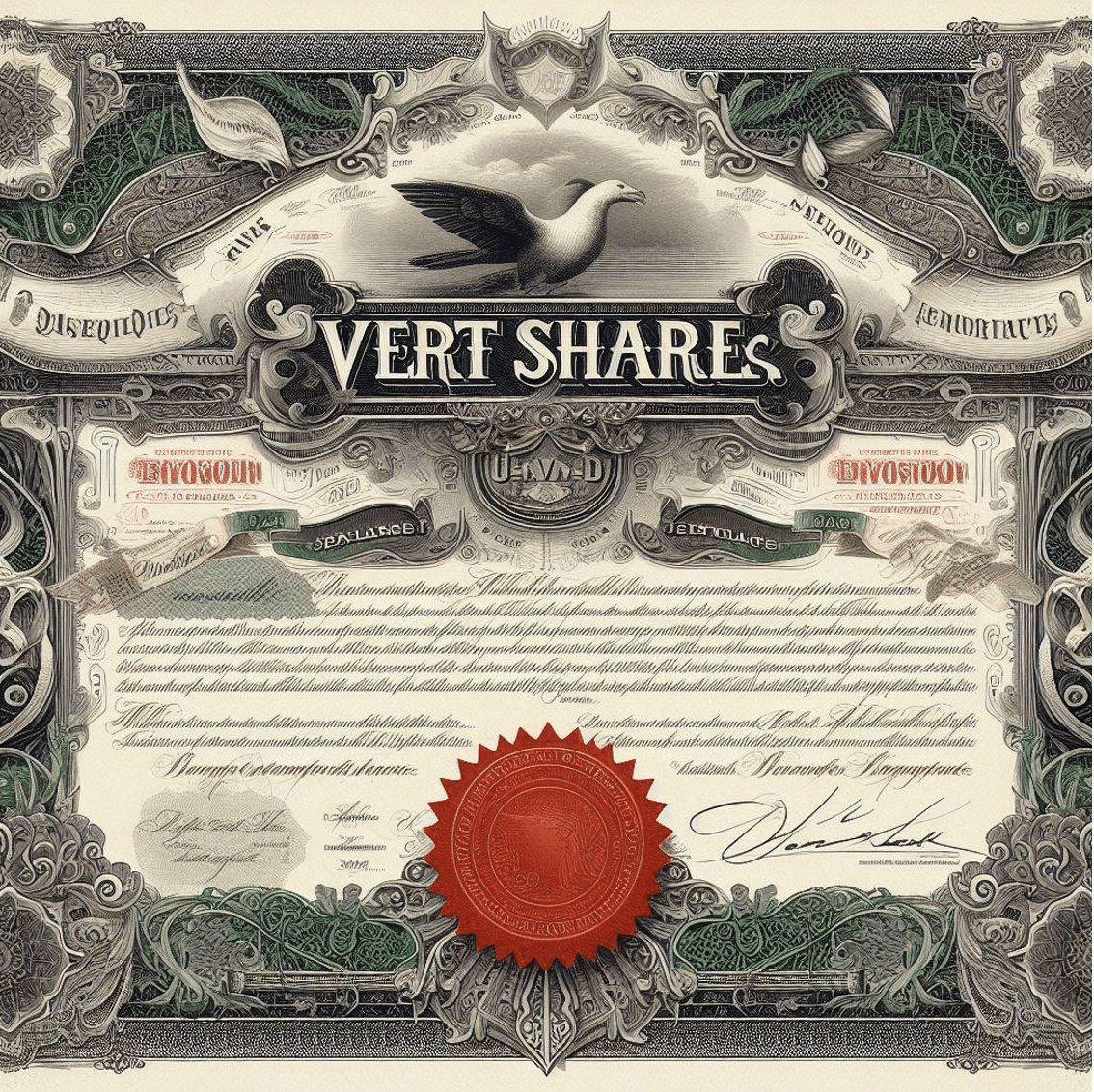First there was a mistake. Then there was negligence. This is something else.
It’s perhaps a fairly damning investment environment when an article entitled ‘Is the AIM market an unregulated mess?’ was one of the best-read pieces on Investing Strategy in 2023.
In that editorial, I noted that (among many other egregious examples) AIM-listed Verticante Minerals had:
‘Decided to casually announce that capex costs at its flagship mine would be rising by ‘at least 35%’ on a random day in October. Apparently, one day capex costs were fine and the next they were possibly doubling. Shareholders saw their investment crash by 90%, but the entire management team are still being paid hundreds of thousands a year.’
I actually made a small investment into the stock after analysing the likely capex funding gap between what had already been agreed — and what an additional 35% commitment would actually require. I came to the conclusion that the funding gap should come in below $100 million and on that basis, a small high risk investment could be worthwhile.
The lesson here is that just because a stock has fallen by 90% does not mean it cannot fall by another 90%. Of course, that is the nature of gambling.
Let’s dive in.
Verticante’s timeline

It’s worth looking at the timeline of Verticante Minerals:
- November 2021: proposes a $633 million fundraising package. All very good, roughly $450 million capex budget for the Arugula nickel project.
- March 2022: completion of fundraising package. Still gravy.
- October 2022: announces a mild cost overrun, plans to raise £61.7 million. Institutions are all on board with the placing, and all is well. Anyone in the sector typically expects a few months of delay, and 10-20% cost overruns. Capex costs have increased by 12.6% to $537 million due to ‘global inflationary pressures and engineering improvements to de-risk the project.’ It actually raised significantly more than this due to the demand because it showed both that the partners were fully on board, and (laughs hysterically) that the standard overrun is now accounted for.
- December 2022: construction is on schedule and on budget; progress 28% complete.
- April 2023: construction is on schedule for Q1 2024 and on budget; progress 50% complete. At this point, 90% of Arugula Nickel Line 1’s capital had been awarded.
- August 2023: on schedule for Q1 2024, construction 65% complete. However, RNS does not say ‘on budget’ as the previous ones had. At this point, $329 million had been spent.
- September 2023: various social media videos and images selling the project as one of the best opportunities on the market, about to go into production.
- October 2023: making ‘good progress.’ Slight issue — overall capex requirement will increase by ‘at least 35%’ of current budget and delay production to Q3 2024. This would bring the capex budget to at least $725 million but having done the calculations — this was not an insurmountable challenge. The question would become: how much is ‘at least’ 35% higher?
- December 2023: $20 million interim funding package to provide liquidity while a full solution is found.
- February 2024: cost review comes out — $1,004 million capex estimate, 87% higher than the $537 million estimate, and 121% higher than the original $454 million estimate. Now the company expects to complete mechanical completion in Q1 2026 — and the review was conducted by world-renowned G Mining Services instead of Reta.
Of course, Verticante is looking to a full funding solution by Q2 2024 but will need additional interim funding to get there. Laughably, it highlighted that ‘while the new Cost-to-Complete is higher than previously announced by the company, it is now built on solid methodologies, which is a testament to the hard work undertaken to date by the whole Horizonte team.’
However, it also noted that there will be no guarantee of funding success — further, the ‘final financing amount will be higher (than the new CTC estimate) and will depend on a variety of factors including discussions with Senior Lenders, suppliers, cornerstone investors and other third parties.’
What this all means
The first point is this — Verticante has again crashed by over 60% today. I will be retaining my small investment (made after the +35% capex RNS) in hopes holders will be thrown a bone. But anyone investing today may as well take a seat at the roulette table and pick a number. To be fair, it was already gambling, but previously it felt closer to a choice between red or black.
But here’s the rub. The August 2023 RNS essentially states that all is fine. September is comprised of a social media blitz of the project, as production is meant to be as little as three months away.
October is a disaster.
Who knew? Peel Hunt, Verticante’s Joint Broker and NOMAD authorized the August 2023 RNS release. The CEO had nothing bad to say. And both NOMAD and CEO would have authorized the Tweets through September — including a video as late as midday on Thursday 28 September 2023 where it promises it is positioning to be ‘a major nickel producer.’
The +35% cost update came on Monday 2 October — one working day later. What changed on Friday? Or did they know for months beforehand? I will note that the NOMAD may have been none the wiser; but they are paid to check the accuracy of news releases.
The now disgraced former CEO has been paid £6,870,024 since 2009 excluding any pay received in 2023 — most recently the sum of £1,742,661 in 2022. I have checked these figures, but initially they were found on Twitter. Happy to amend if incorrect.
I am not complaining about my investment — I took a risk. However, I took a risk based on a capex cost that required an additional ‘at least 35%,’ which to my mind is far, far less than 87%. This feels like a three-year-old saying an elephant weighs at least a kilo more than a Jack Russell Terrier.
High risk investors do not mind taking risks. We also do not mind CEO spin — everyone expects the marketing to stretch the truth at times — like a recent graduate writing up their CV for that first professional role.
The problem is that Verticante was not a high-risk construction project: while I would not consider nickel or South America as core portfolio investments, it was seen as a relatively low risk choice for mid-tier investors. These holders from the pre-crash days were clearly mis-sold the risk profile and there is absolutely no way that the company did not know that capex costs were hugely underestimated while it was posting on socials throughout September 2023.
What’s worse is that the lying continued after the deceit was uncovered; saying capex costs will be ‘at least 35%’ higher was clearly designed to create a scenario where the CEO and associated management would keep their jobs on the gravy train. Someone enterprising would do the numbers, realise the capex gap wasn’t too awful, and management might cling on.
It’s telling that the new management team used a different analytical firm for the new cost review than the one previously proposed.
Then an 87% capex increase worth hundreds of millions of dollars emerges. In a nickel market where profitable mines all over the world are starting to return to ‘care and maintenance’ as the commodity price falls to uneconomic levels.
What was the plan? Try to pull the wool over the eyes of The Stain, Aquila and Valleykey? Get hold of more of that sweet funding, and slowly increase the capex estimates over time?
The bigger problem is that this type of behaviour destroys trust in the wider market. AIM is regulated through NOMADs, but really, it’s about trust in CEOs — who are guardians of your money and can use it as they see fit. The wider implication is that a CEO can walk away with nearly £7 million of investor money, while the company’s regulator doesn’t even get a stern telling off.
Let’s be clear.

The former CEO stole ‘at least’ £6,870,024 from investors. Add millions more paid out to the rest of a complicit management team. You can argue the toss over the exact figure, and whether payment for years past was deserved — but the end result is that retail and institutions paid for this mine to be built.
It may never be built — at best, it will be built without Verticante holders benefitting.
Investors will be left with nothing, or maybe some pocket money if they’re lucky.
Their money has instead paid for the former CEO to become a multimillionaire several times over. You may as well have sent it directly to his bank account.
Message received.
Regulatory reform is needed. As always this is solely my opinion, and not a declaration of facts. But the series of events as they stand appear damning.
This article has been prepared for information purposes only by Charles Archer. It does not constitute advice, and no party accepts any liability for either accuracy or for investing decisions made using the information provided.
Further, it is not intended for distribution to, or use by, any person in any country or jurisdiction where such distribution or use would be contrary to local law or regulation.

